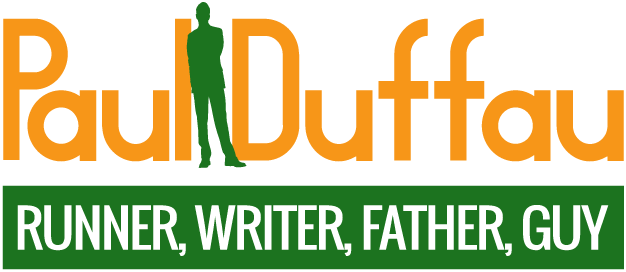On to Eldoret
New Year’s Day is an eventful holiday in Kenya. The families travel back to their traditional homes to celebrate the day. In my case, I ended up joining a gentleman I met on the plane over. We touched base after we got settled, and Njuguna invited me to join him and his wife, Celia, on a trip into the Central Highlands. He promised me a potluck and a chance for me to learn a bit about the Kikuyu lands.
Roast goat, chapata, a Kenyan version of cole slaw, beans, potatoes, and more.
Njuguna was actually serious when he mentioned that it would be a potluck. At every house that we visited, the families offered us food. It is part of the cultural pattern throughout Kenya, where they treated guests as family, feeding them and offering tea.
Celia came to my rescue. She had taught her European students a phrase, ne meh she ba, (spelling phonetically here, folks. Could well have a different proper spelling.) The phrase means “I am now full.” I suspect that phrase, along with ‘thank you very much’—assante sana,—are going to be in my permanent repertoire. Po le, too. I’m sorry. It actually has a wide and varied meaning from I’m sorry I stepped on your foot to I’m sorry your car has a flat tire. The range of expression of this one word will appeal to my youngest daughter.
Kenyan gatherings, at least this one, are quiet relative to a comparable American party. I liked the difference as I’ve never been much for trying to shout over a group.
The next day, Saturday, marked my trip to Eldoret. Immediate impression – absolute relief at the breezes and the drop in humidity. Also, my allergies are fading which is great. Still a bit of a sniffle but that is fading fast.
Justin met me at the airport, and he drove us to his home, where I’ll be staying. He and his wife have been most welcoming, though I think they worry over me. They shouldn’t as I’m pretty adaptable. After settling in, Justin took me on a walk, pointing out the houses of Olympic gold medalists and other notaries. The views are expansive and I plan on getting out during dawn and dusk to capture some of the images. That will remain a work in progress for now but once I get them, I’ll put them up.
After the walk, we had dinner - traditional food that was very tasty, with Kenyan tea, and then sat talking. For Justin and I, it was a lot of about writing. Running periodically enters into the conversation, too. There are a couple of major races coming up, so I'll have a chance to watch outstanding runners as they go head to head.
Update: Sunday morning. Went for a four mile-ish run/walk with Justin. Still can process enough oxygen but that is something that time will take care of. The terrain reminds me a lot of home. Took a goodly number of pictures along the way.
Today, we’re headed out to Kapkeringon Village to visit Justin’s family.
Yes the gaps are big enough to fall through.
Justin Lagat, looking stylish.





